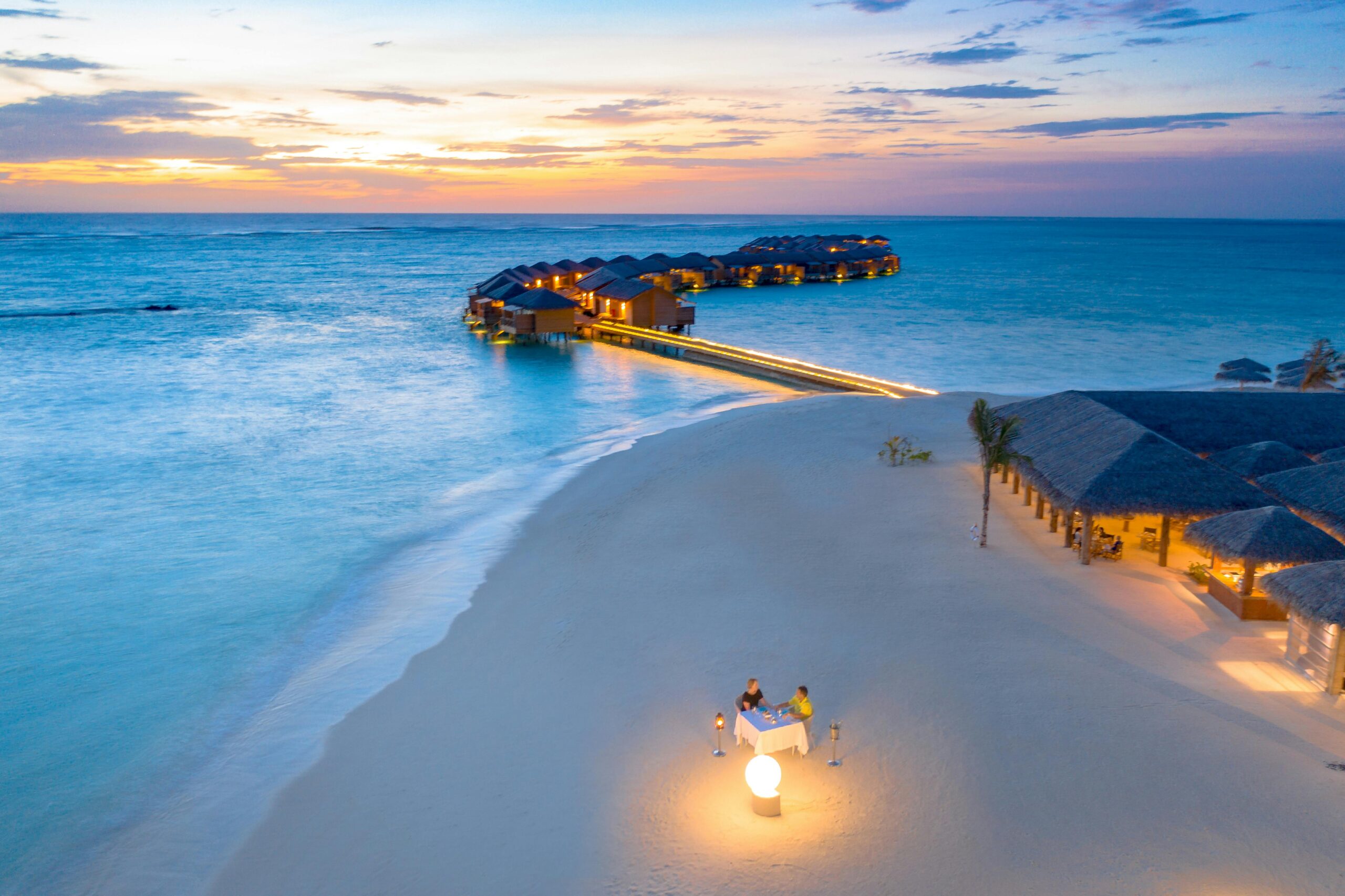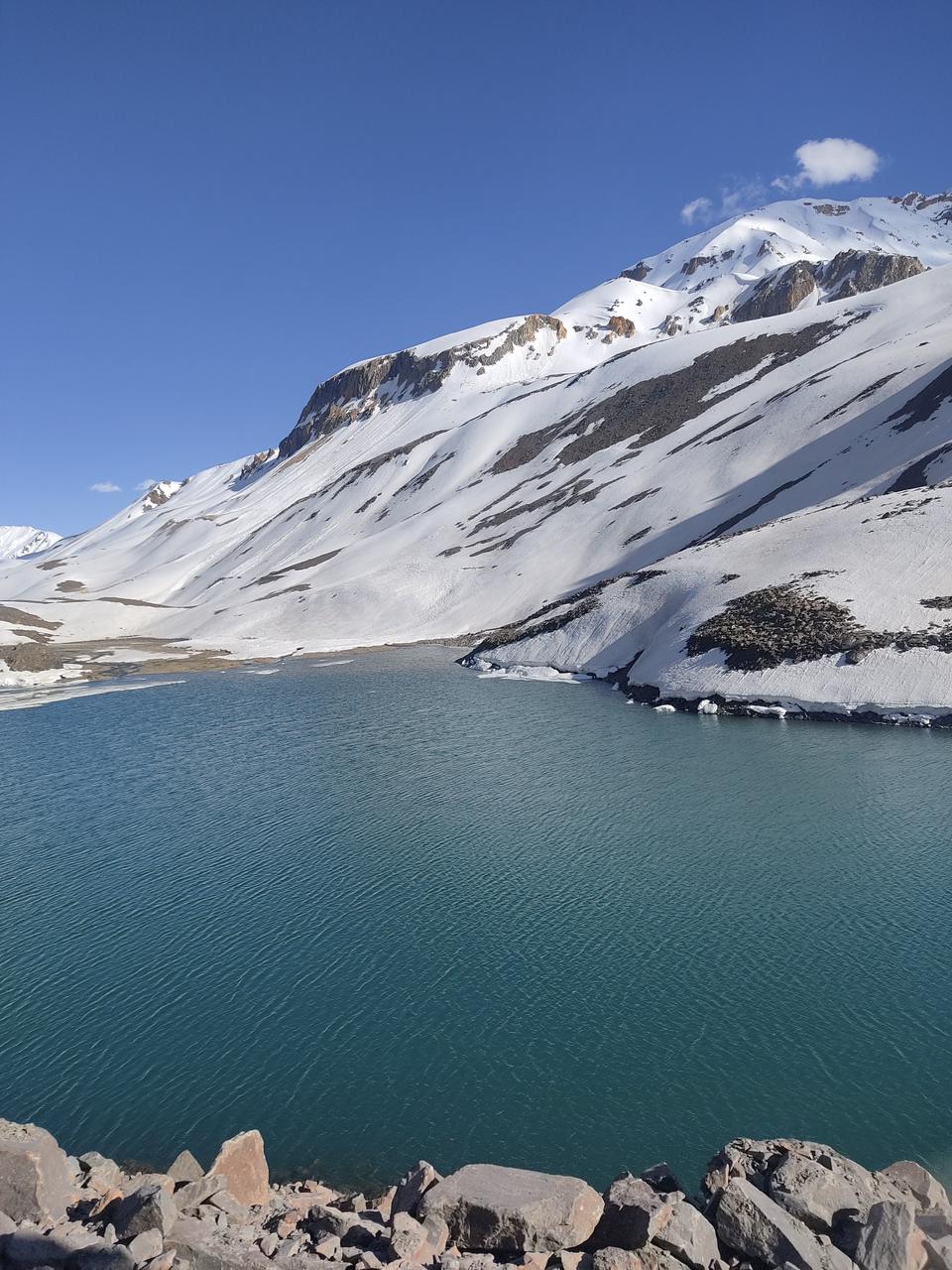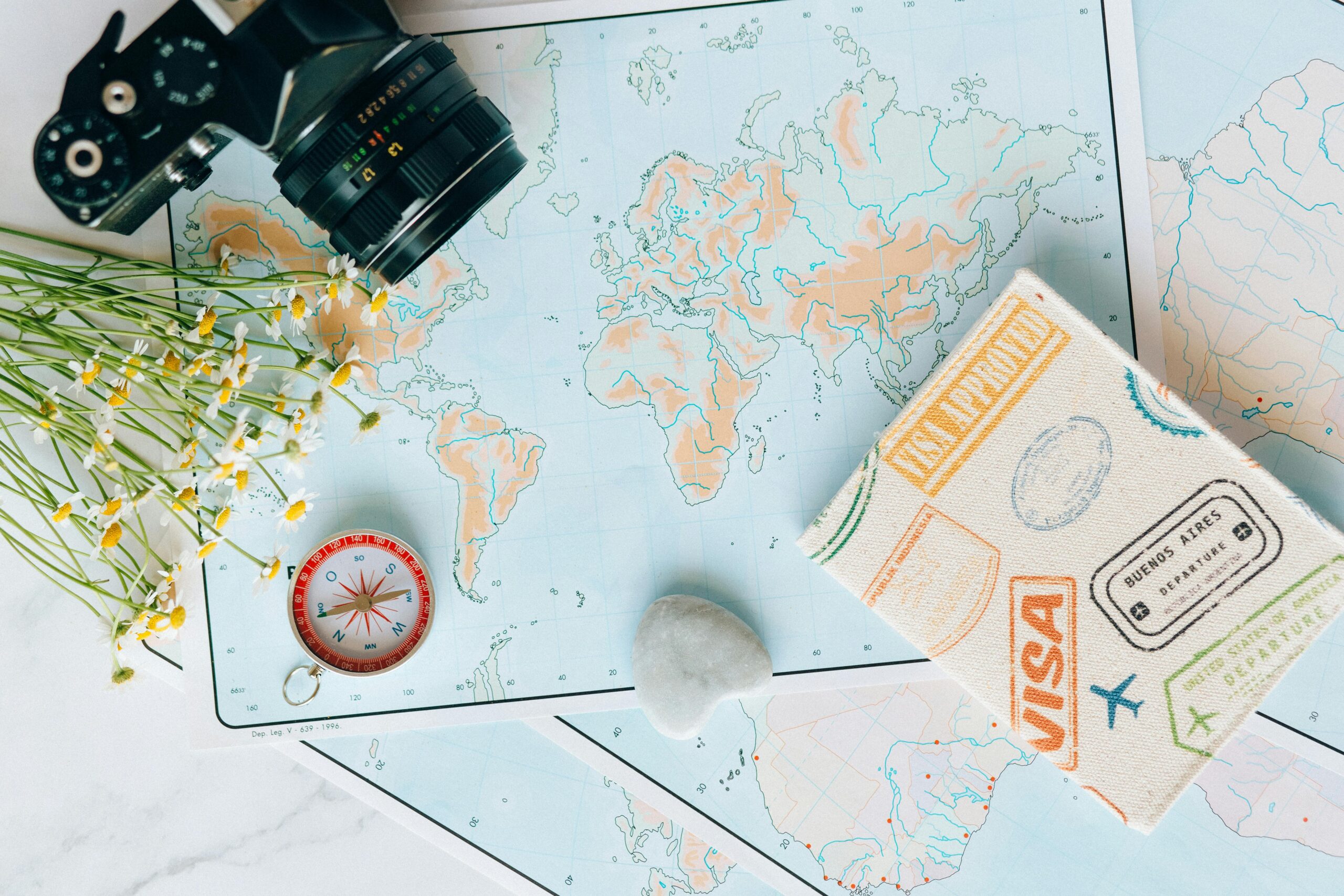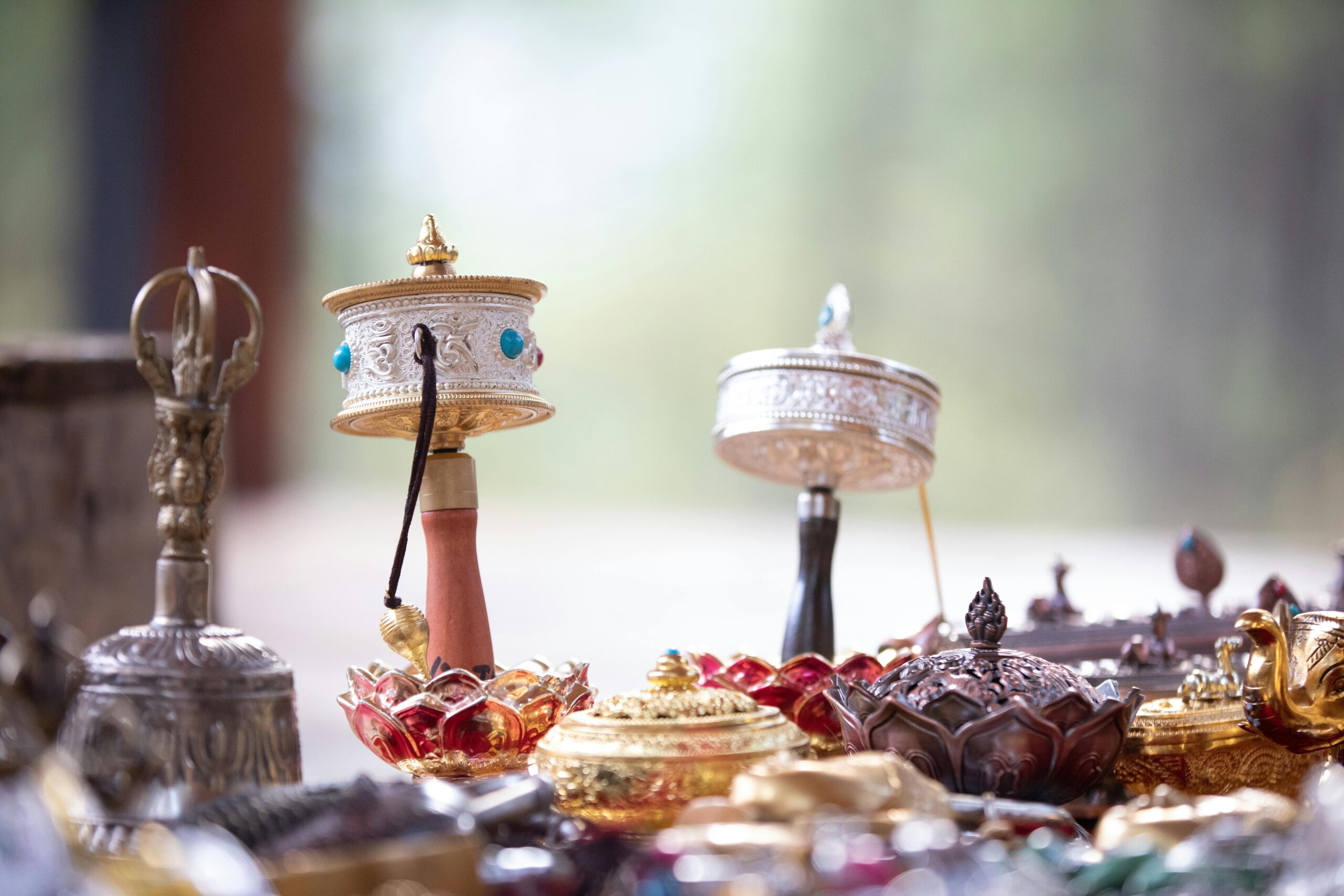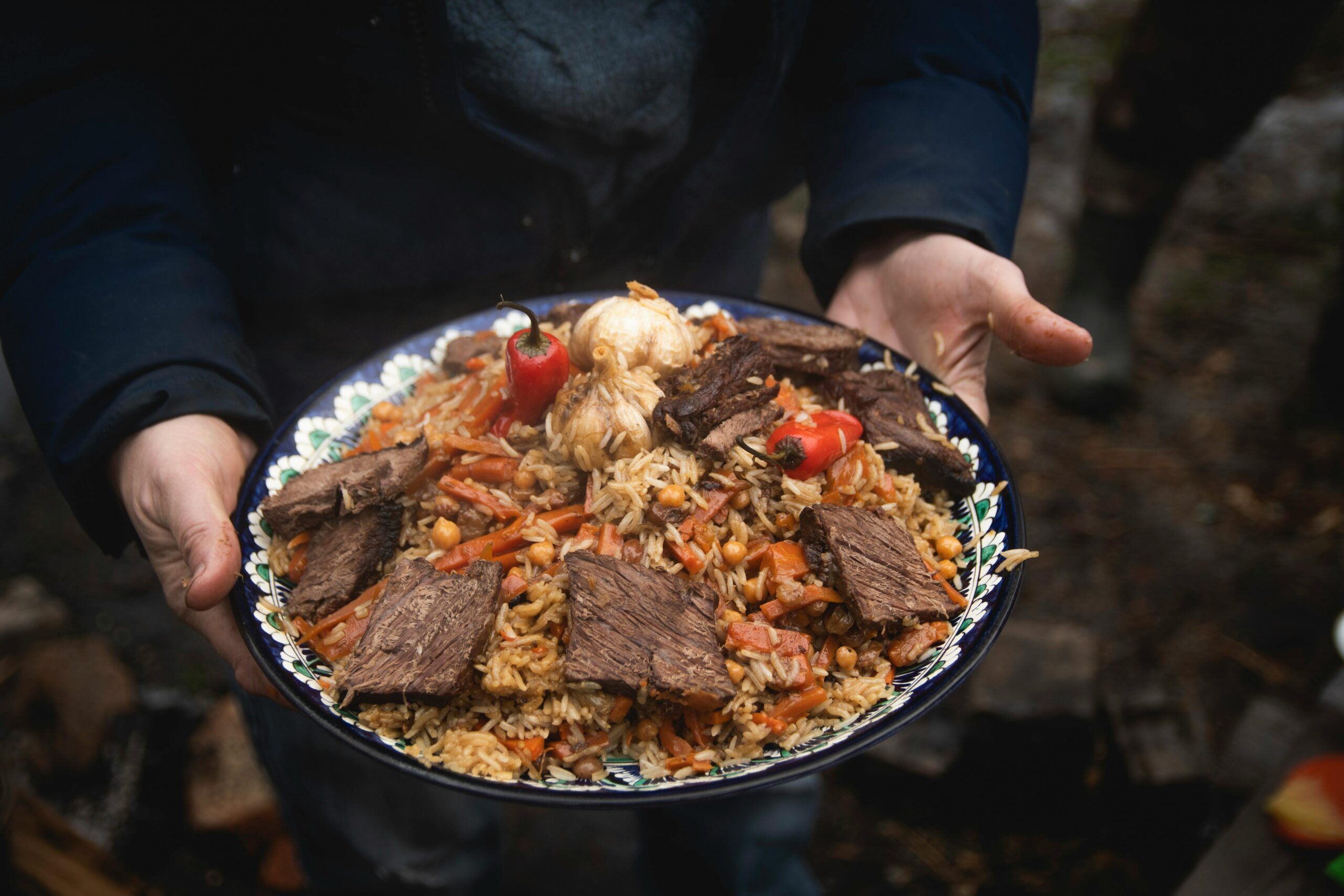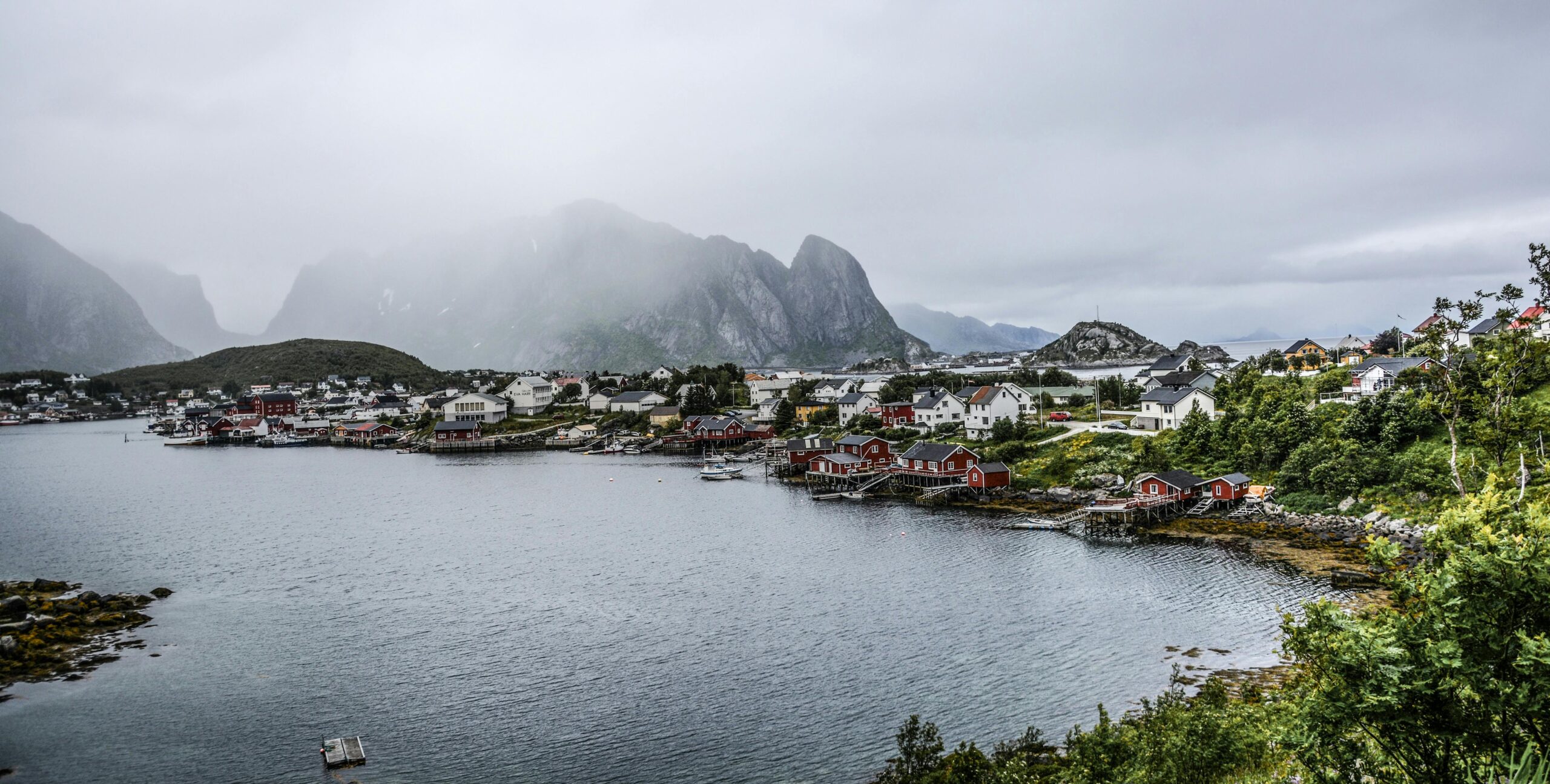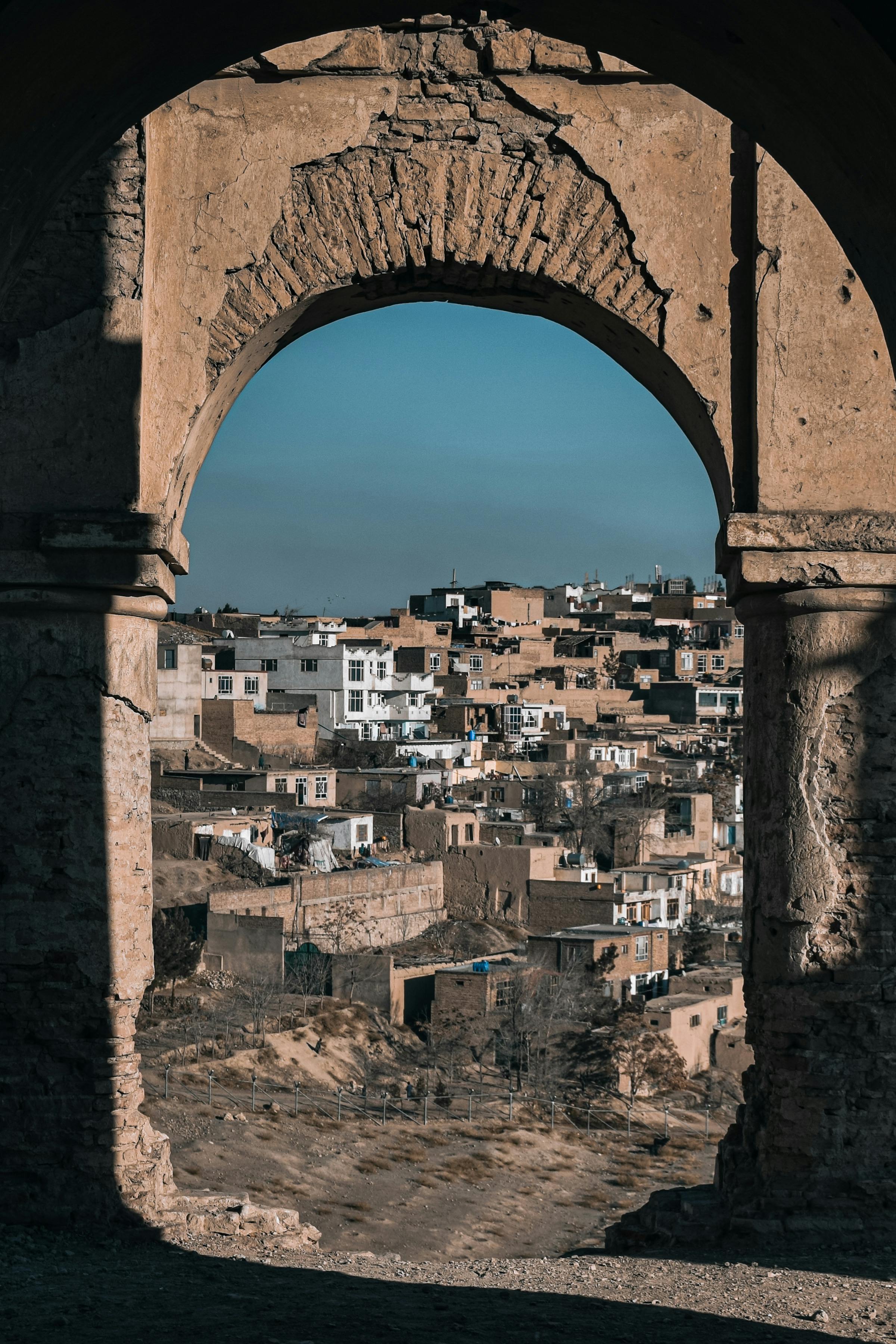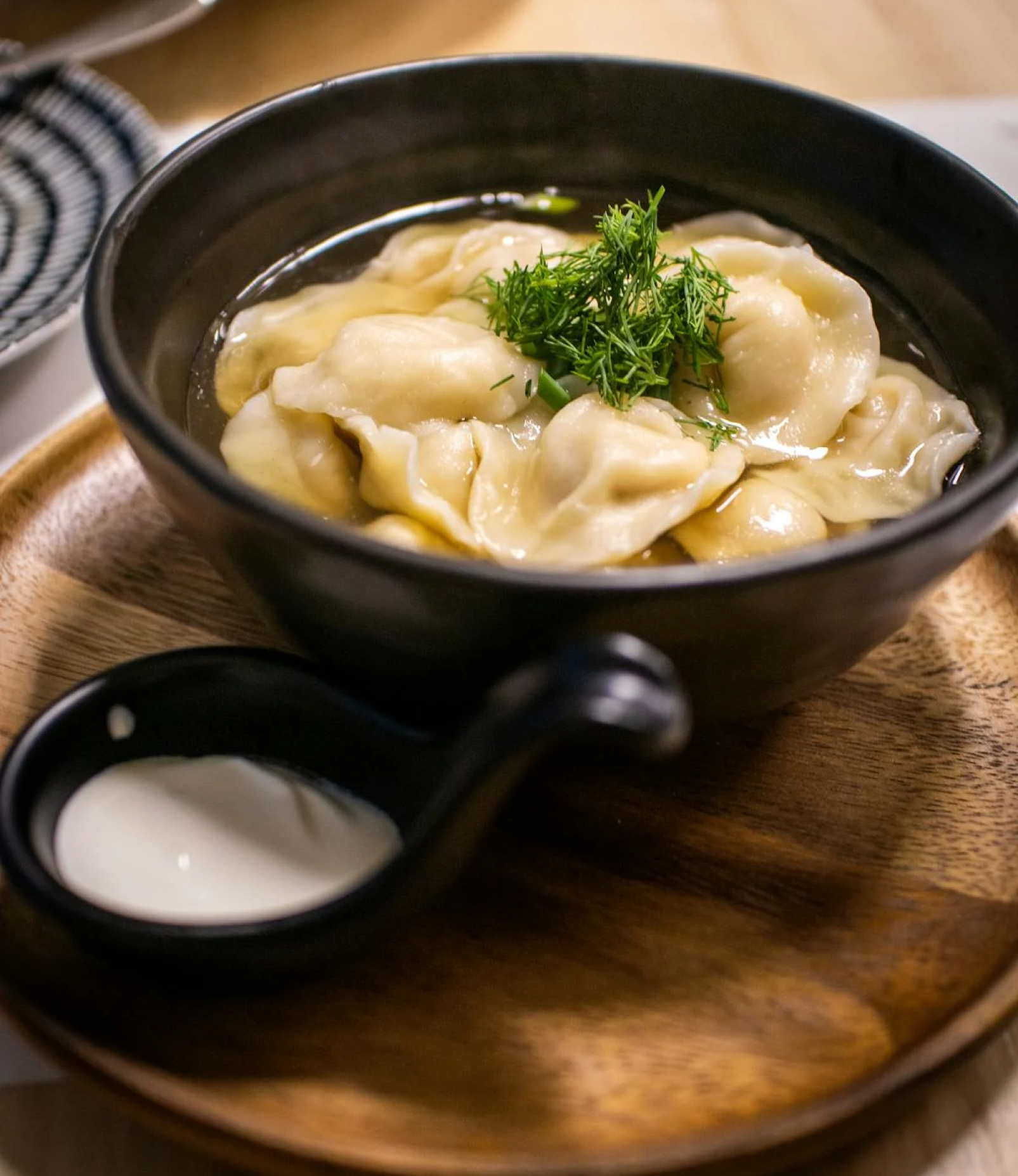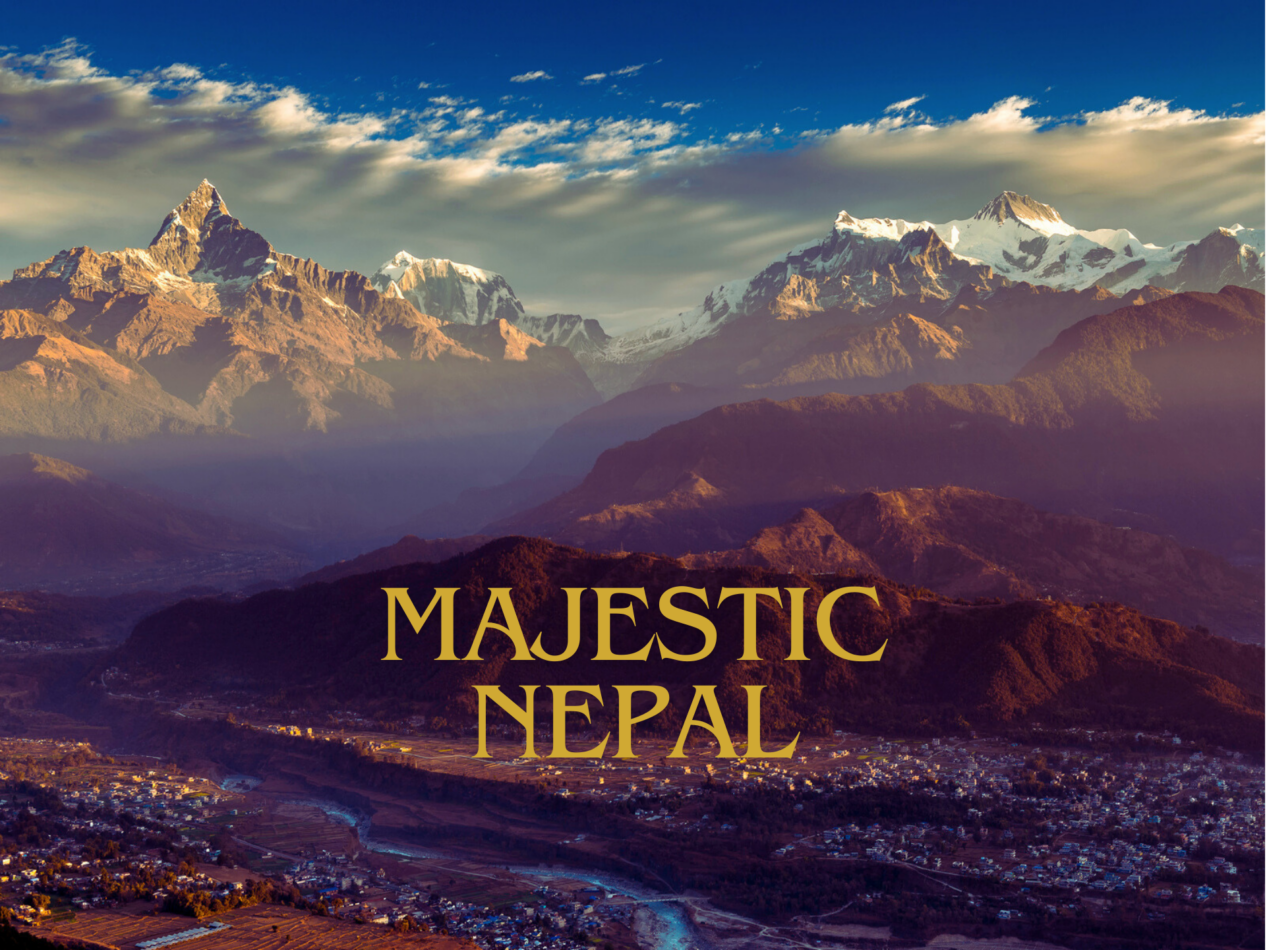Top Honeymoon Destinations in India : Romantic Getaways for Every Couple
India, with its diverse landscapes and rich culture, offers countless stunning honeymoon destinations for couples seeking romance, adventure, and serenity. Whether you’re looking to relax on a tropical beach, explore the snow-capped mountains, or discover a charming hill station, India has something for every couple. Here are some of the top honeymoon destinations in India that will make your post-wedding trip an unforgettable experience.
1. Andaman and Nicobar Islands: Tropical Bliss
The Andaman and Nicobar Islands are among the most sought-after honeymoon destinations in India. With its pristine beaches, crystal-clear waters, and vibrant marine life, it’s a paradise for couples looking to unwind in a tropical setting. The idyllic beaches of Havelock Island, the famous Radhanagar Beach, and the untouched coral reefs make it a haven for water sports lovers.
Top Things to Do:
- Scuba diving and snorkeling in Havelock Island
- Relax on Radhanagar Beach
- Explore the Cellular Jail and nearby islands
2. Kumarakom, Kerala: Serenity on the Backwaters
For couples seeking a peaceful and romantic honeymoon, Kumarakom in Kerala is the perfect choice. Nestled along the Vembanad Lake, Kumarakom is known for its serene backwaters, luxury resorts, and tranquil houseboat rides. A houseboat cruise through the backwaters of Kerala offers a unique and intimate experience.
Top Things to Do:
- Houseboat cruise on Vembanad Lake
- Visit the Kumarakom Bird Sanctuary
- Enjoy traditional Kerala Ayurvedic treatments
3. Udaipur, Rajasthan: The Venice of the East
Udaipur, often referred to as the “Venice of the East,” is one of the most romantic cities in India. Known for its royal palaces, serene lakes, and splendid architecture, Udaipur offers an exquisite blend of history and luxury. The City Palace, Lake Pichola, and the Jag Mandir Palace are just a few of the magnificent attractions you can explore.
Top Things to Do:
- Boating on Lake Pichola
- Visit the City Palace and Jag Mandir
- Explore the Saheliyon ki Bari (Garden of the Maidens)
4. Shimla, Himachal Pradesh: The Queen of Hill Stations
For couples seeking a cozy, cool climate amidst scenic mountain landscapes, Shimla is a great choice. Located in the foothills of the Himalayas, Shimla offers charming colonial architecture, snow-capped peaks, and beautiful gardens. It’s perfect for a romantic getaway with plenty of opportunities for sightseeing and outdoor activities.
Top Things to Do:
- Visit Kufri for snow sports and fun
- Explore the Mall Road and Ridge
- Take a toy train ride from Kalka to Shimla
5. Manali, Himachal Pradesh: A Winter Wonderland
Manali is one of the most popular honeymoon destinations in India, especially during the winter months. Known for its snow-covered landscapes, adventure activities, and scenic beauty, Manali offers couples a chance to experience romance amidst the majestic mountains. The Solang Valley, Rohtang Pass, and Old Manali are ideal places for sightseeing and adventure.
Top Things to Do:
- Skiing and paragliding in Solang Valley
- Visit Rohtang Pass and Sissu for snow activities
- Explore Old Manali and Hadimba Temple
6. Goa: A Perfect Blend of Beaches and Nightlife
If you’re looking for a mix of sun, sand, and lively nightlife, Goa is the place to be. With its vibrant beaches, cozy beachside shacks, and laid-back atmosphere, Goa offers the perfect honeymoon experience. You can enjoy the serene beaches of South Goa or head to the more lively beaches like Baga and Anjuna in the north.
Top Things to Do:
- Relax on Baga and Anjuna beaches
- Explore the Portuguese architecture and churches
- Party at beach clubs and attend sunset parties
7. Leh-Ladakh, Jammu & Kashmir: A High-Altitude Honeymoon
For couples looking for a unique and adventurous honeymoon, Leh-Ladakh is an unforgettable destination. Surrounded by snow-capped peaks, Buddhist monasteries, and tranquil lakes, Ladakh offers an ideal setting for couples who love adventure and serenity. You can explore Pangong Lake, Nubra Valley, and the famous monasteries of Hemis and Thiksey.
Top Things to Do:
- Visit Pangong Lake and the Nubra Valley
- Explore Buddhist monasteries like Hemis and Thiksey
- Enjoy the scenic beauty of Leh Palace and Magnetic Hill
8. Darjeeling, West Bengal: The Queen of Hills
Darjeeling is another classic honeymoon destination, offering a romantic escape in the misty hills of West Bengal. Known for its tea gardens, colonial charm, and views of the Kanchenjunga, Darjeeling is perfect for couples who want a peaceful and scenic getaway. The famous Toy Train ride and the serene sunrise from Tiger Hill are must-do activities.
Top Things to Do:
- Ride the Darjeeling Himalayan Railway (Toy Train)
- Watch the sunrise from Tiger Hill
- Visit the Peace Pagoda and Tea Gardens
9. Coorg, Karnataka: A Coffee Lover’s Paradise
Coorg, also known as the “Scotland of India,” is a serene hill station located in the Western Ghats. Known for its coffee plantations, lush greenery, and cool climate, Coorg offers couples a peaceful and intimate retreat. The picturesque Abbey Falls, Raja’s Seat, and the Dubare Elephant Camp are just a few of the romantic spots to explore.
Top Things to Do:
- Visit the coffee plantations
- Enjoy nature walks and treks in the hills
- Experience wildlife at Dubare Elephant Camp
10. Rishikesh and Haridwar, Uttarakhand: Spiritual Bliss
For couples looking to blend spirituality with adventure, Rishikesh and Haridwar offer the perfect combination. Rishikesh is known for its yoga retreats, adventure sports like white-water rafting, and its proximity to the sacred Ganges River. Haridwar, with its spiritual atmosphere and evening Ganga Aarti, provides a serene setting for reflection and peace.
Top Things to Do:
- Yoga and meditation retreats in Rishikesh
- White-water rafting in the Ganges
- Attend the Ganga Aarti at Haridwar
Conclusion
India is a treasure trove of honeymoon destinations, offering a wide variety of experiences for couples. Whether you want to relax on a beach, explore the mountains, or dive into cultural experiences, there’s something for every couple. From the serene backwaters of Kerala to the snowy peaks of Himachal Pradesh and the romantic palaces of Rajasthan, India is a dream destination for newlyweds. We have the package estimations curated for an unforgettable romantic escape.
Read more
